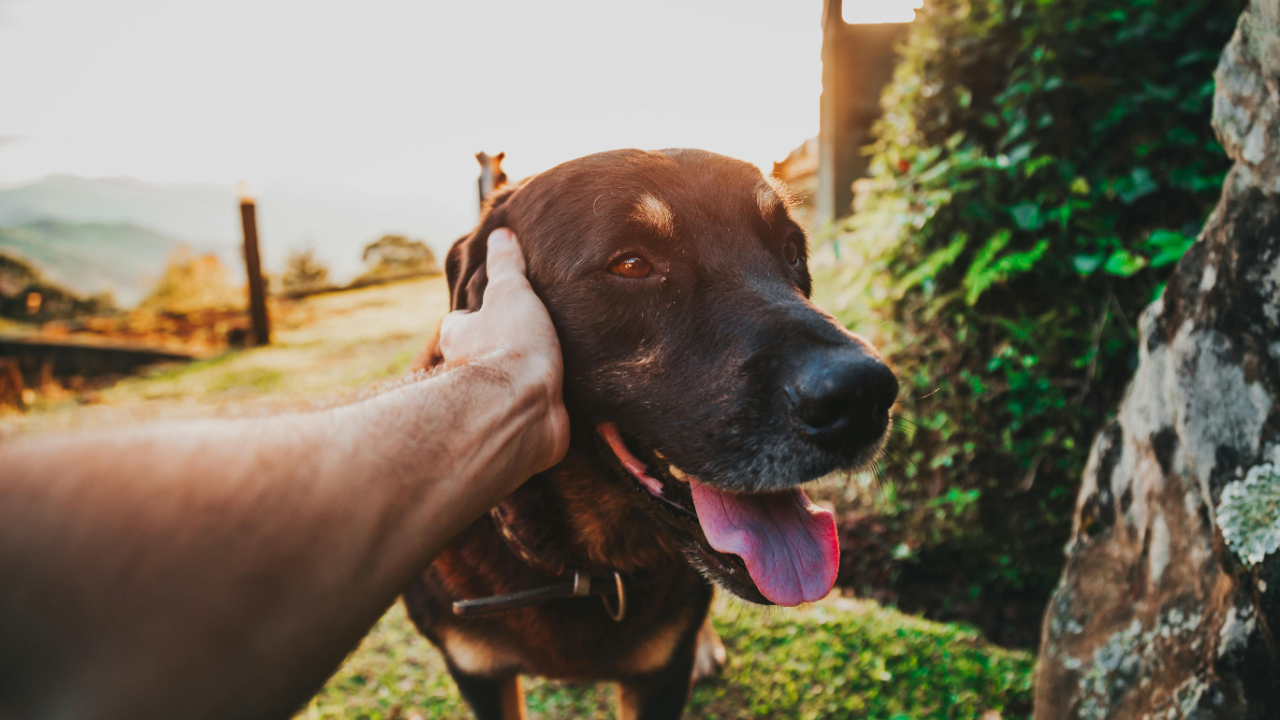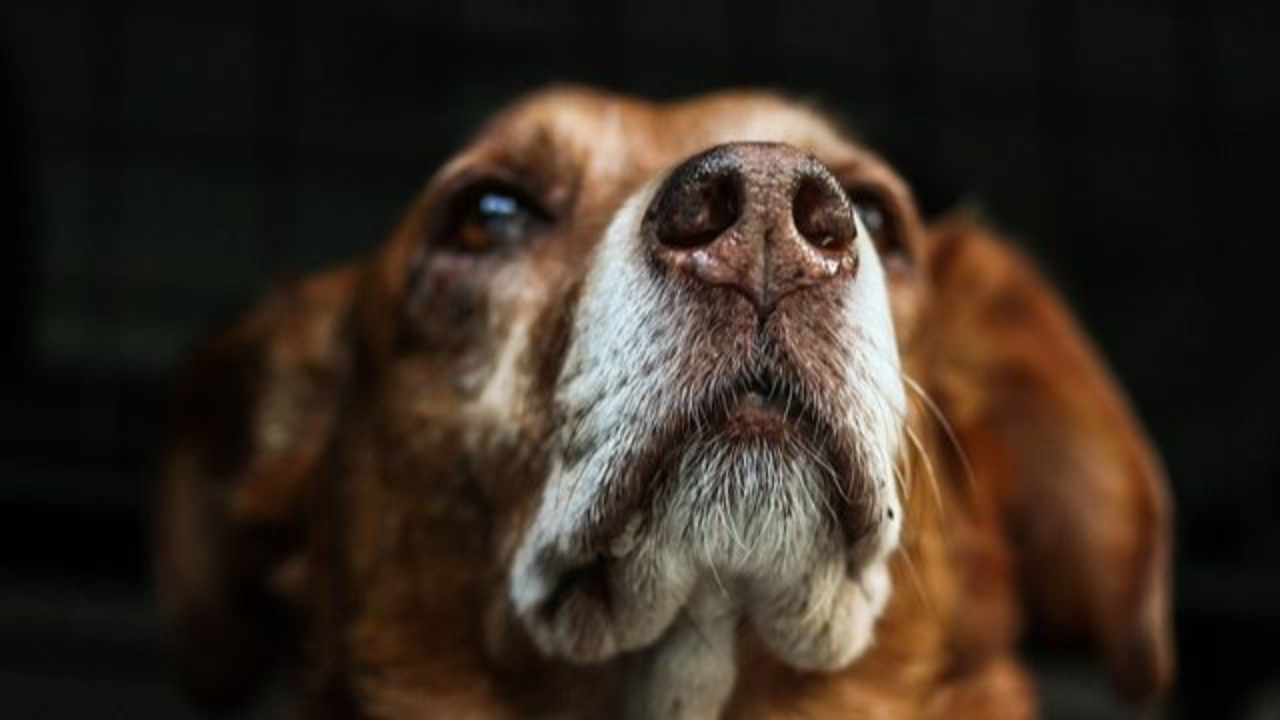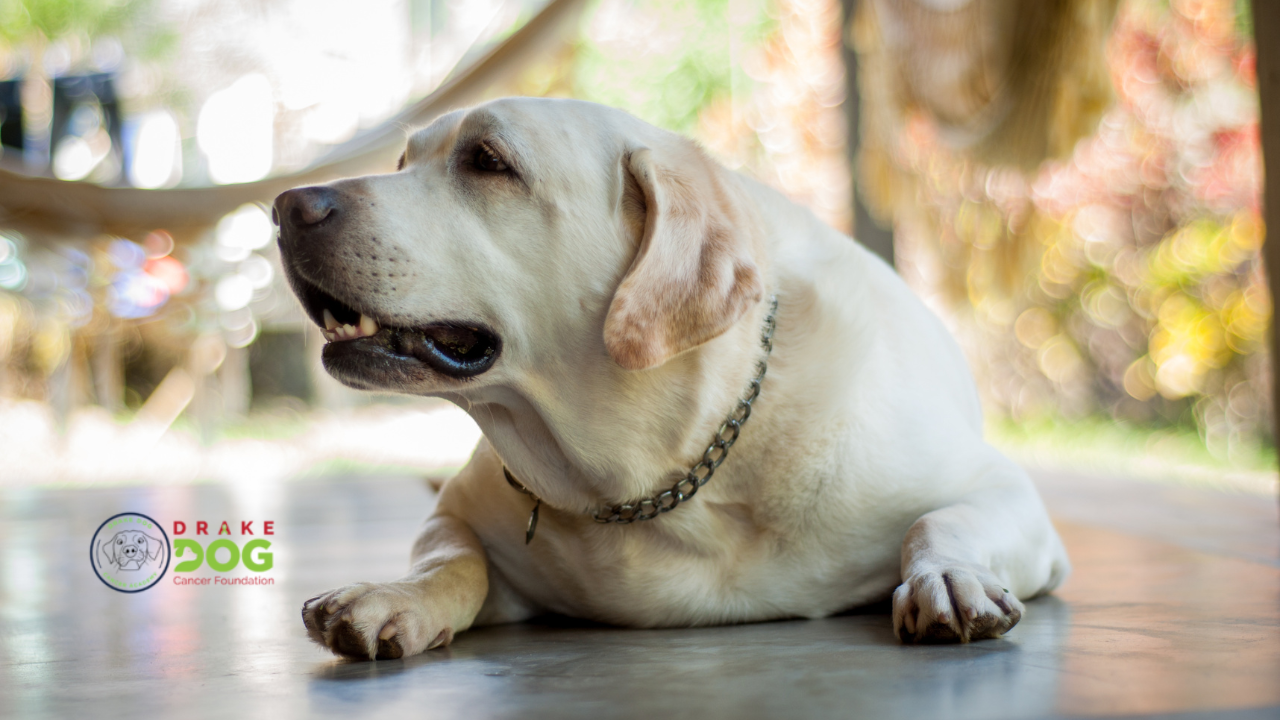Making Decisions When Your Dog Has Osteosarcoma
Nov 12, 2025
If your dog has just been diagnosed with Osteosarcoma (bone cancer), I know it can feel like your whole world flipped overnight. It’s scary. It’s confusing. And above all, it’s deeply emotional. While there are no guaranteed “easy” paths here, you don’t have to walk this alone. Let’s talk about what this diagnosis means, your choices ahead, and how you can make decisions that feel right for you and your beloved pup.
Understanding Osteosarcoma
Osteosarcoma is one of the most common types of bone cancer in dogs, especially seen in large or giant breeds.
It usually affects the long bones in the limbs, but it can also show up in the jaw, spine, or ribs.
Because it’s aggressive and often has already spread (even if we can’t see it yet) at diagnosis, many of the decisions you’ll face are about balancing time, quality of life, and your family’s capacity.
Your Initial Emotional Response
It’s okay, and completely normal, to feel overwhelmed, sad, guilty, or even angry. You might ask “Why my dog?” or “Did I miss something?” Take a deep breath. Grief and confusion are understandable. Give yourself permission to feel them.
Reach out to family, friends, your vet team, or support groups. You don’t have to go through this alone. Having someone to talk with can lighten the load a little.
Exploring Treatment Options
When it comes to osteosarcoma, there are a few paths, some more aggressive, others more comfort‑oriented. Let’s walk through the main ones:
1. Surgery (Amputation or Limb‑Sparing)
For many dogs, removing the affected limb (amputation) is a common recommendation. Yes, it sounds drastic. But it often helps remove the pain from the tumor and lets the dog return to a comfortable life on three legs.
Limb‑sparing surgery is another option for some dogs when the tumor is in a spot where removal of the whole limb isn’t ideal. But it’s more complex and not always possible.
2. Chemotherapy
After surgery, or in conjunction with it, chemotherapy is used to try to slow spread (metastasis) and extend quality time. Dogs often tolerate chemo much better than humans.
3. Palliative Care
If surgery or chemo aren’t good fits (for health, age, cost, or personal reasons), focusing on comfort, pain relief, mobility, and happiness becomes the priority. Radiation, pain meds, and lifestyle modifications come into play here.
4. Integrative / Supportive Therapies
Alongside conventional care, you might talk about nutrition changes, supplements, gentle physical therapy, and ways to support your dog’s comfort and wellness. These don’t replace cancer treatment but can help your pup feel better day‑to‑day.
Questions to Consider When Making a Plan
As you talk with your veterinarian and your heart, here are good questions to ask yourself:
-
What’s my dog’s current quality of life? How mobile are they? What’s their appetite and mood?
-
What are my goals: more time, better comfort, a balance?
-
What can I handle emotionally, physically, and financially... realistically?
-
Who is on my team (veterinarian, oncologist, physical therapist, nutritionist, you!)?
-
What does my dog enjoy most and how can I preserve that joy?
-
If I choose comfort care only, how will I support mobility, pain, nutrition?
Quality of Life and Comfort Measures
If your dog is facing osteosarcoma, keeping their days rich and comfortable matters deeply:
Pain management: Ask about medications (NSAIDs, opioids, gabapentin), physical therapy, and maybe radiation for pain relief.
Mobility and comfort: Bad limbs, swelling, or pain can reduce movement. Ramp access, soft bedding, gentle walks, and assistive tools can make a difference.
Nutrition & supplements: A high‑quality, protein‑rich diet, appropriate for a dog with cancer, can help maintain muscle. Supplements may support immune health — always check with your vet.
Happiness factors: Shorter but meaningful outings, favorite toys, cuddle time, and staying close to you matter just as much as medical care.
What to Ask Your Veterinarian
Here’s a list of questions to prepare for your next visit:
-
What is the stage/spread of the cancer? Have you done X‑rays of lungs/chest?
-
What are the risks and benefits of each treatment option for my dog specifically?
-
How will this treatment impact day‑to‑day life for my dog? For our family?
-
How will we monitor quality of life and when will we know we’re shifting to comfort care?
-
What is the financial cost (treatment, supportive care, emergency care)?
-
What signs should I watch for that indicate we’re no longer helping and maybe need to reconsider?
Resources and Support
-
The Drake Dog Cancer Foundation is here to support you, emotionally and with resources.
-
Online support groups of other pet parents facing osteosarcoma can help you feel less alone.
-
Ask your vet about financial assistance, clinical trials, or veterinary oncology referrals.
-
Keep a journal of your dog’s mood, appetite, pain level, mobility; it helps you reflect and track changes.
You're Not Alone on This Journey
There is no “one right way” when your dog has osteosarcoma. What matters most is your love, your intention, and your willingness to make decisions based on your dog’s individual needs and your family’s capacity. Whether you pursue aggressive treatment or shift toward comfort and quality time, you are doing the best you can with the information and heart you have.
Hold close the moments that matter, favorite walks, napping in the sun, gentle pats and warm snuggles. These are never small things. They are the things your dog remembers, and what you will always carry.
You’re not alone. We’re here with you, every step of this journey.
Become a Dog Cancer Coach.
Transform your passion for dogs into a meaningful, heart-led career with our Holistic Dog Cancer Coach Certification—an in-depth, flexible online program designed for compassionate caregivers ready to make a difference.
Stay connected with news and updates!
Join our mailing list to receive the latest news and updates from our team.
Don't worry, your information will not be shared.
We hate SPAM. We will never sell your information, for any reason.





